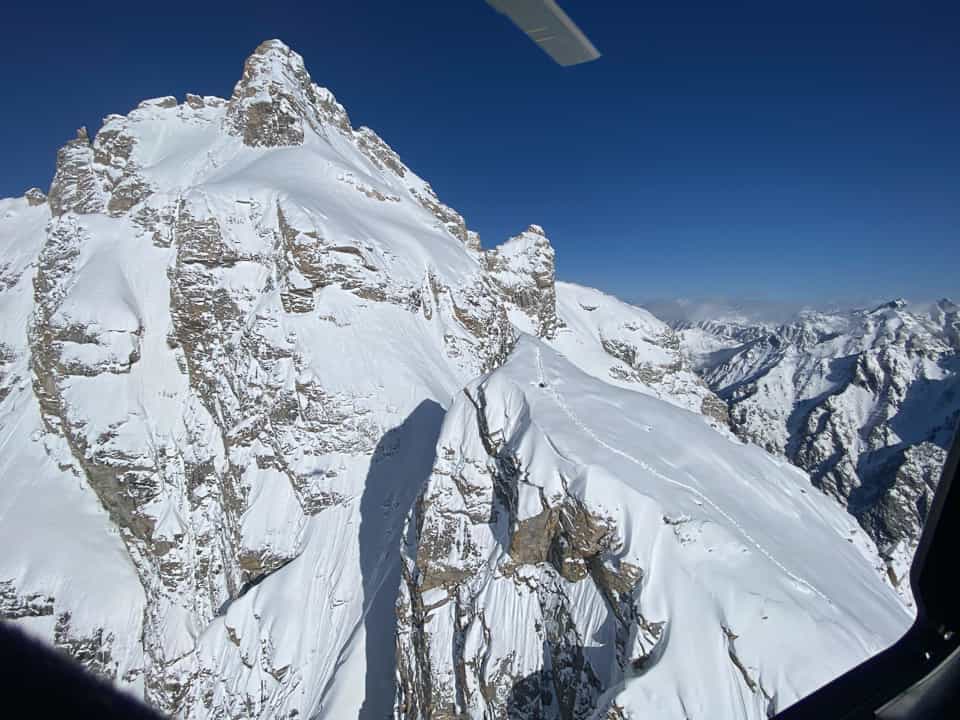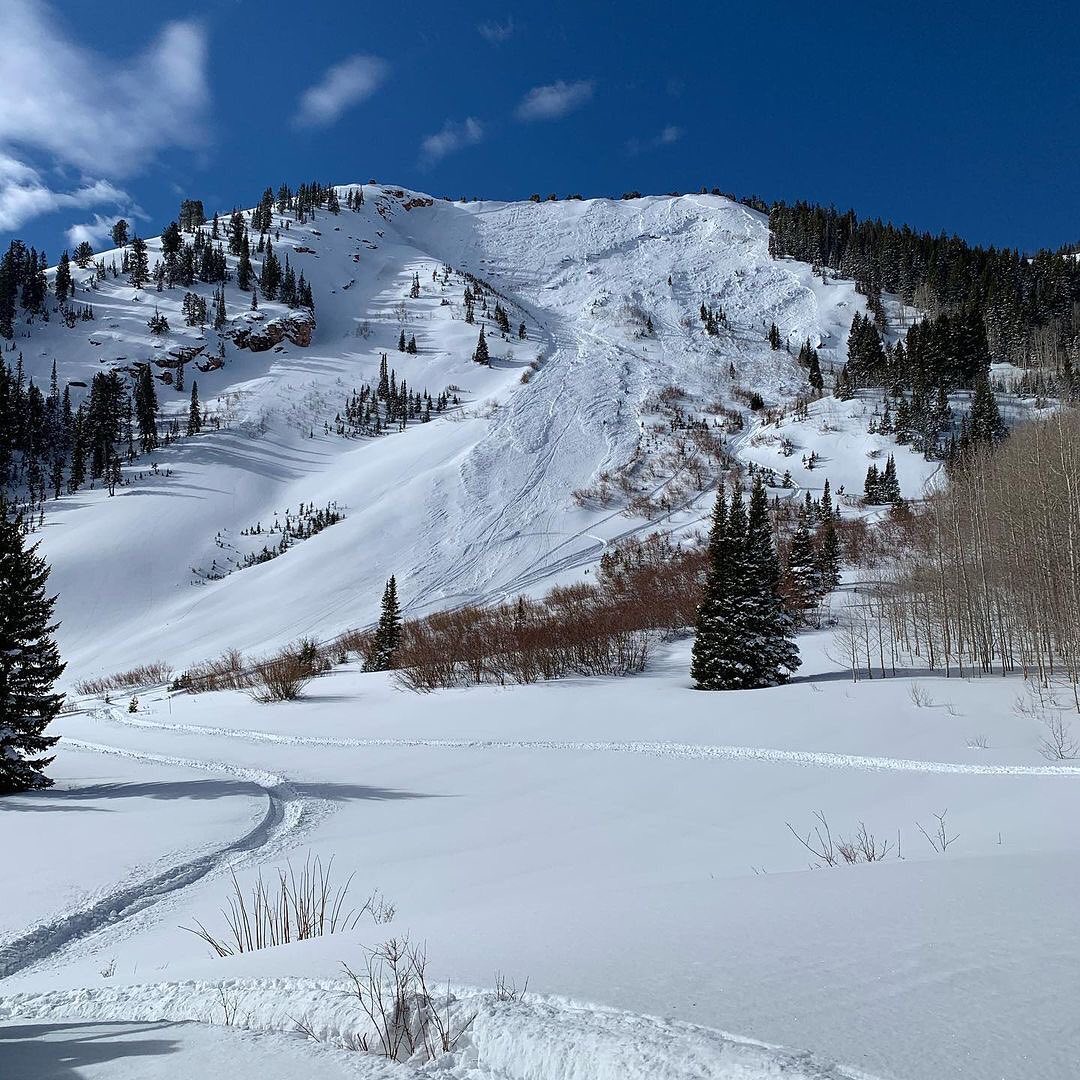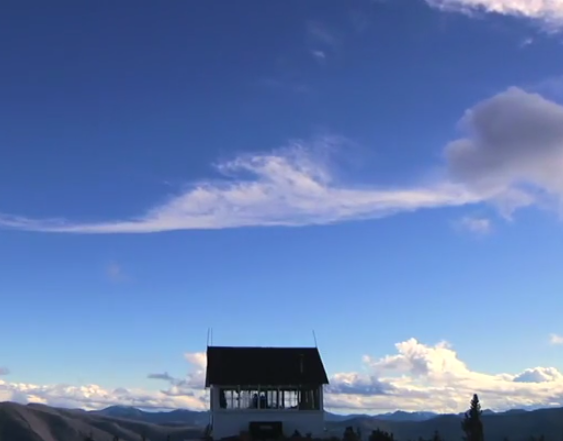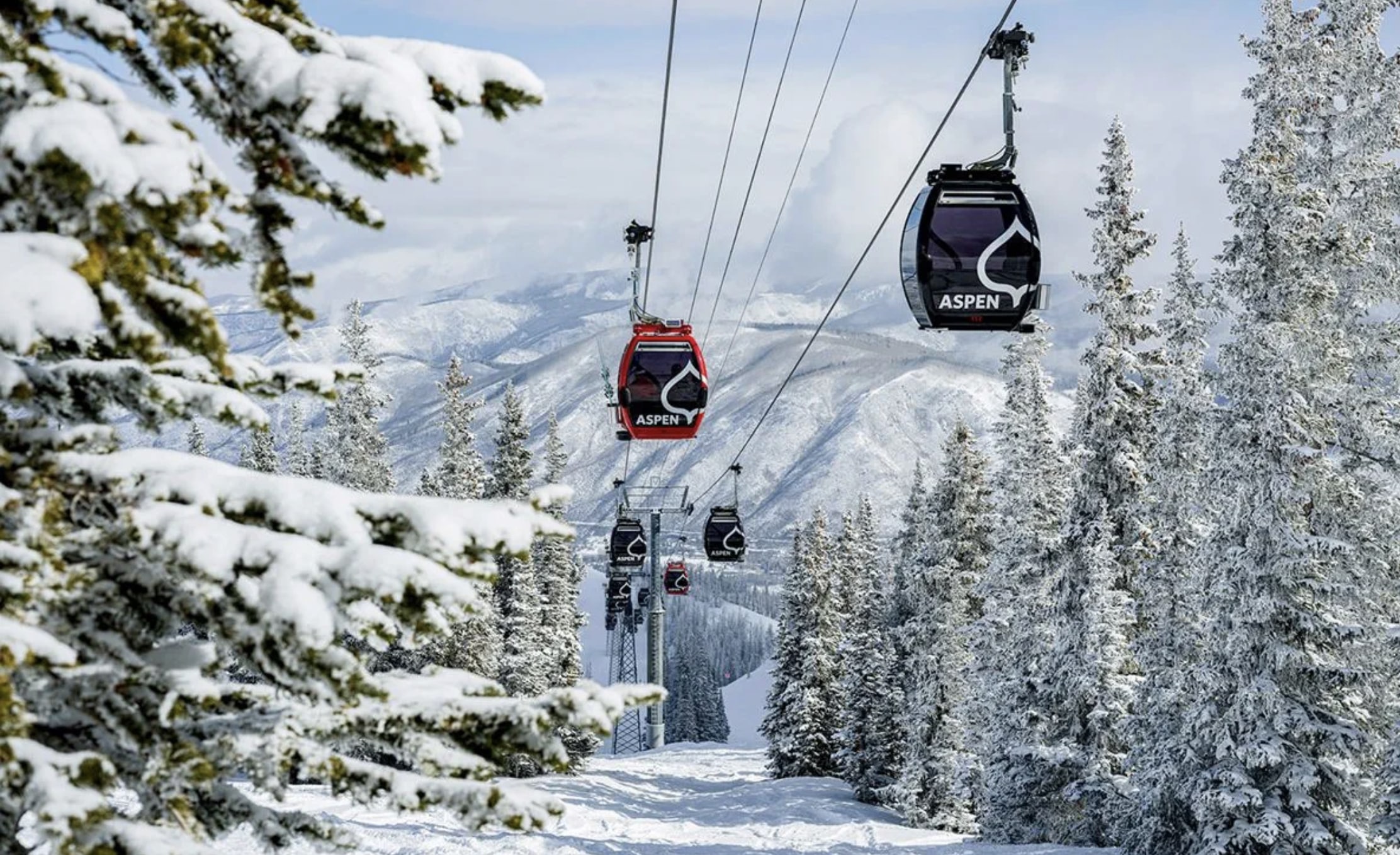
Brought to you by HAKUBAVALLEY
Set within the stunning northern portion of the Japan Alps, Hakuba Valley in Nagano Prefecture is the nation’s largest resort skiing region. The area was a host site to the winter Olympic Games in 1998. It is home to 10 unique ski resorts. And each year they’re buried under approximately 11 meters of snowfall!

Whether planning your trip or already on the ground, Hakuba Valley offers both visitors and locals rich cultural heritage besides the convenience of ideal lodging, recreation activities, dining or wellness experiences. It’s all there–ready and waiting, but to whom or what do we have to thank for the amenities which have grown to be synonymous with JA-POW?

Retrace the timeline far enough (think centuries) and you’ll find Hakuba a very humble hub for rice farmers along a road used expressly for the profitable transport of sea salt–and you can walk the route even today. But times change and with them apparently the profit margins on crystalline minerals; it was time for the valley to ascend.
By the late 19th century military men, mountaineer missionaries, and motivated scientists had opened the door to a new and fascinating era in Japan’s high country. Skiing–as a form of combat efficiency–had been introduced to the nation by soldier consultants coming out the Alps of Europe. Meanwhile, at Hakuba specifically, the valley had christened a namesake peak and launched an Alpine Club. Plus, thanks to adventurous local botanists, the valley had won the attention of the whole country as a rugged, stunning microcosm full of extremely rare plant life, a discovery and announcement which for all intents and purposes preserved the whole place inside a time capsule. Until 1919 the valley was protected from motorized transport, even electricity. But snowsport can thrive without either of those.

Locals of Hakuba, quite savvy to the awesome terrain they lived within, began to act as mountain guides. They operated out of B&B-type lodgings springing up throughout the valley. And it took all of 10-seconds for the clients of those guides to realize Hakuba Valley received serious amounts of powder snow. Within a decade the first commercial ski lifts at Happo Resort were in place.
And what better way to skyrocket the growth of skiing at Hakuba than a big, juicy economic up-swing? By the ’80s business Japan-wide was booming, skiing was arguably the nation’s most popular sport, and the valley was experiencing an explosion of hotels, restaurants, and ski shops. That development (and a reputation for fat snowpacks) secured fame for Hakuba as a world-class ski hot-spot. So it’s little surprise that the valley–and surrounding Nagano prefecture–caught the attention of the Winter Olympics.

In 1998, Nagano hosted the Winter Olympics (which happened to be the first year to feature halfpipe snowboarding) and many of those games took place at Hakuba proper, most notably the Downhill and Ski jump events. Hakuba had arrived.

Since then pow-chasing travelers have kept Hakuba on their snow radar. But the region preserves its roots amid the attention. The rejuvenation of traditional Japanese Onsen, the solemnity of sacred temples, and a watchful respect of the valley ecosystem remain as bridges between Hakuba’s rural past and recreation destination present.

More recent decades have seen the founding of eco and history-conscious community organizations that honor yesterday while planning the best possible version of today. One example, Hakuba Valley Tourism commits itself to stable development of Hakuba as a year-round recreation community. It has launched the “Genki-Go” night shuttle bus, introduced the “Hakuba Essential Guide” booklet, and emphasized resort employees must be foreign language capable, especially English.

More and more, Hakuba Valley participates in industry trade shows internationally. And the valley’s Tourism Commission is boosting its media footprint for the expressed purpose of healthy promotion of the Hakuba region; an initiative which, in January of this season, led Hakuba Tourism to partner in exposure with documentary film project and webisode series, NOBOCA: the Borgstede story. And the village itself is in a phase of happy adaption. Civic leadership has agreed upon the creation of informative signage as well as brochures which communicate to visiting recreationists how best to blend with Hakuba’s local culture and village practices.
All of these efforts and others at Hakuba Valley are undertaken with the goal of nourishing a sustainable destination for tourism that provides safe recreation to visitors while giving back to the nation at large.




